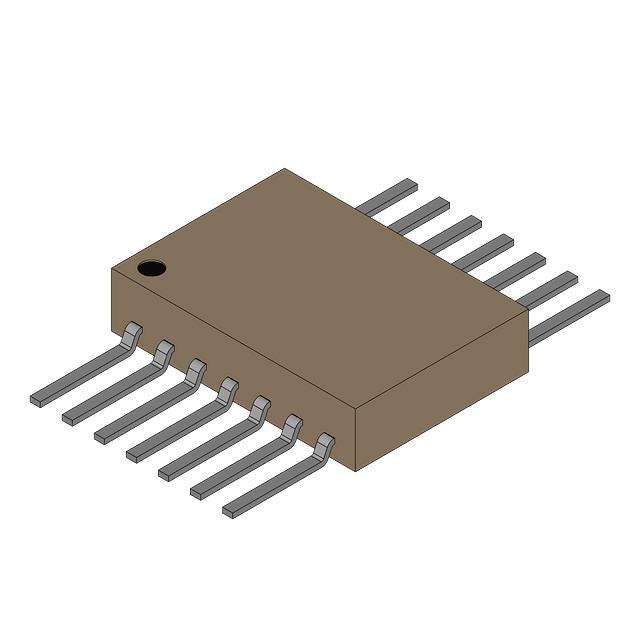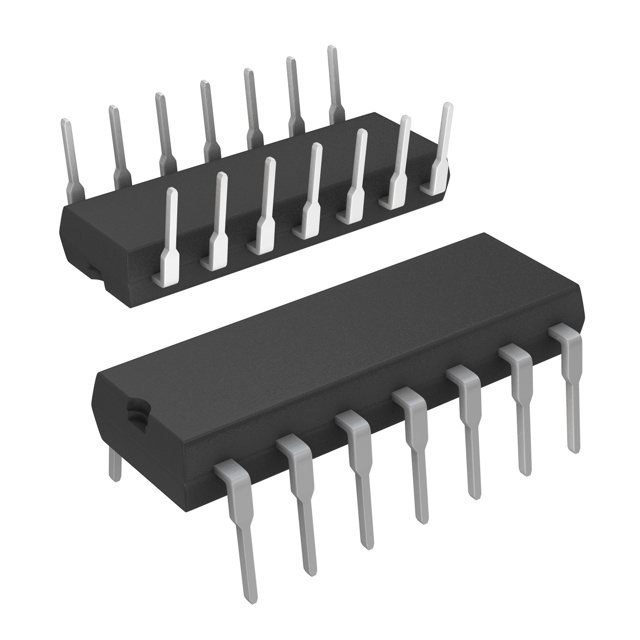JM38510/30501SDA
Manufacturer No:
JM38510/30501SDA
Manufacturer:
Description:
SN54LS32-SP QUADRUPLE 2-INPUT PO
Datasheet:
Delivery:





Payment:




In Stock : 48
Please send RFQ , we will respond immediately.









JM38510/30501SDA Specifications
-
TypeParameter
-
Package / Case-
-
Supplier Device Package-
-
Mounting Type-
-
Operating Temperature-
-
Max Propagation Delay @ V, Max CL-
-
Input Logic Level - High-
-
Input Logic Level - Low-
-
Current - Output High, Low-
-
Current - Quiescent (Max)-
-
Voltage - Supply-
-
Features-
-
Number of Inputs-
-
Logic Type-
-
PackagingBulk
-
Product StatusActive
-
Series*
The JM38510/30501SDA integrated circuit chips, also known as the 54LS01/BCAJC, have several advantages and application scenarios. Here are some of them:Advantages: 1. High-speed operation: These chips are designed to operate at high speeds, making them suitable for applications that require fast processing and response times. 2. Low power consumption: The chips are designed to consume low power, making them energy-efficient and suitable for battery-powered devices or applications where power consumption is a concern. 3. Wide operating voltage range: The chips can operate within a wide voltage range, allowing them to be used in various electronic systems with different power supply specifications. 4. High noise immunity: The chips have high noise immunity, meaning they can tolerate and reject external noise or interference, ensuring reliable and accurate operation in noisy environments. 5. Wide temperature range: The chips can operate within a wide temperature range, making them suitable for applications that require operation in extreme temperature conditions.Application scenarios: 1. Digital logic circuits: The JM38510/30501SDA chips can be used in various digital logic circuits, such as counters, multiplexers, decoders, and flip-flops, to perform logical operations and control the flow of digital signals. 2. Data communication systems: These chips can be used in data communication systems, such as UART (Universal Asynchronous Receiver-Transmitter) circuits, to transmit and receive data between different devices or systems. 3. Industrial control systems: The chips can be used in industrial control systems, such as programmable logic controllers (PLCs), to control and monitor various processes and equipment in industrial settings. 4. Automotive electronics: Due to their high-speed operation and wide temperature range, these chips can be used in automotive electronics, such as engine control units (ECUs) or electronic stability control (ESC) systems, to perform critical functions and ensure reliable operation in harsh automotive environments. 5. Test and measurement equipment: The chips can be used in test and measurement equipment, such as oscilloscopes or logic analyzers, to process and analyze signals, perform measurements, and generate test patterns.It's important to note that the specific application scenarios may vary depending on the exact requirements and specifications of the integrated circuit chips.
JM38510/30501SDA Relevant information








